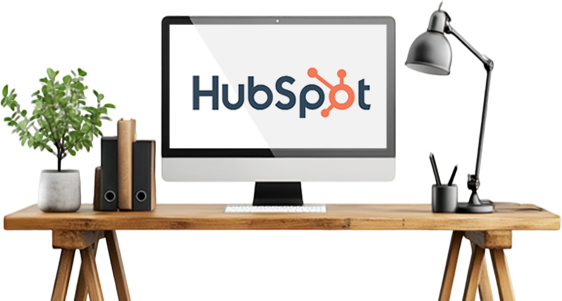Which tools work, how much do they cost, and will they grow my business? There's good news - we've worked with all the tools and can tell you sales automation is the best place to start.
How to Master Sales Automation
Put your processes and resources on "auto-pilot" to keep your marketing engine running smoothly. This way, you can focus your efforts on innovation, new leads, lead nurturing—or whatever your business needs most.
Here are a few simple sales automation tips to keep your business running like a well-oiled machine.
1. Respond Immediately—Every Time
Obviously, you don’t have time to drop everything and answer every email or web form request that comes in, but it’s crucial that prospects and customers receive a response right away. That’s where your CRM system and other sales tools come in.
By creating an integration between your email program and your CRM, you can send out friendly, automated replies right away when messages come in and then respond when it’s convenient, and you can put some thought into your response.
/Imported_Blog_Media/Sales-Automation-2-550x367-2.jpg?width=550&name=Sales-Automation-2-550x367-2.jpg)
2. Don’t Disappear
Leads are hard to come by; the last thing you need is to let them slip through the cracks. With the right automation tools, you can track a lead from the first contact, attach your nurturing activities, and plan a strategy to see the lead through to completion.
Sales automation gives you the peace of mind you’re on top of every lead and where it sits in the sales cycle.
3. Make Your Contact Count
Automation tools can attach pricing lists, contract addenda, sales collateral, and feature updates. Once you attach automation instructions to the contact records in your CRM system, it will do the work for you—all while keeping you connected with your prospects and customers.
You can also send quotes (and track their progress through the signing and review cycles) and appointment requests and reminders. Don’t forget to schedule a thank you email after meetings and milestones in the sales process—automation can also take care of that.
4. Focus on the Best Leads
It may seem like a “success problem” to have too many leads to keep track of, but, in reality, it can lead to missed sales and lost opportunities.
So, how do you target the best leads? With an automation technology called “lead scoring,” you can define the rules and criteria for lead types most likely to result in a sale and target those first.
5. Pick up the Phone
There will never be a magic formula that erases the need to pick up the phone and talk to a prospect, but with the right automation in your sales software, you can tag contact attempts with a note and be reminded when it’s time to call your contact again.
You won’t need to waste time on a prospect who will be on vacation for the next three weeks—you’ll already know when to try them again.
/Imported_Blog_Media/Sales-Automation-1-550x367-2.jpg?width=550&name=Sales-Automation-1-550x367-2.jpg)
6. Stop Stalking Your Inbox
Another benefit of sales automation is tracking the life cycle of forms and documents and sending you reminders when they are completed or ready for review.
It can be frustrating to send reminder after reminder when you need someone to review a document or complete a form.
Sales automation tools do the legwork for you—and when paired with a "Smart CRM like HubSpot," will let you know when your contact takes any action like:
- Revisits your website
- Downloads a content offer
- Sign up for a webinar
- Watches a video
7. You Can Automate Asking for Referrals
One of the best but most under-utilized sales automation tools is the ability to ask for referrals.
You may attach an incentive like a coupon or piece of content to the request, but don’t be afraid to ask your customers to tell their friends and colleagues about your great work.
A good automation system can use tools like mail merges and other information from contact records to personalize the request and make it feel like a custom one-to-one email.
Over to you
Be creative with your automation strategy. Identify the processes that are draining the most time and find ways to make them automatic, reliable, and profitable. With the right tools, you can effectively grow your business and keep your focus on strategy—not administration.






